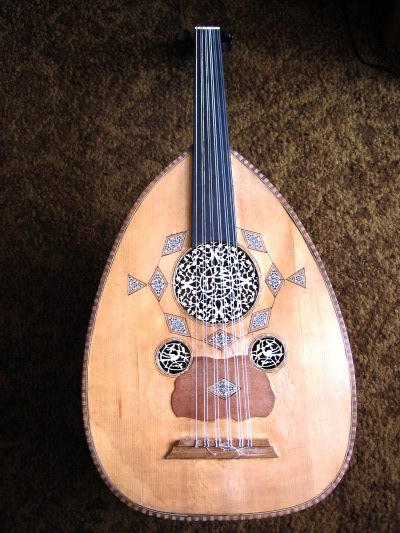In Memory of Khan Sahib
June 29, 2009 Hindustani Music, Music, Oud No CommentsIt was an act of great generosity for a master of Khan sahib’s stature to have given so much so willingly to students of limited musical training and little or no knowledge of Hindustani music.
Regardless of their background, Khan sahib took his students seriously and required that they take themselves, music, and the labor of music (practicing, what else) seriously.
During my short time at the Ali Akbar College years ago, I also got to experience the genius of Khan sahib. His instrumental classes consisted much of the time of him composing on the spot, singing the composition to the students in Sargam or playing it on the Sarod, and explaining the theoretical issues that the piece touched on. The students would play back the compositions to him. In the singing classes I have seen him repeatedly pickup an old poetry book, choose a poem, and by the end of the class he will have composed a masterpiece which we will have all learned.
I have also seen the devotion of his students to the music and their great love and respect for Khansahib.
I am deeply grateful for the honor of having attended his classes, if only briefly, and deeply saddened for Khansahib’s passing.

